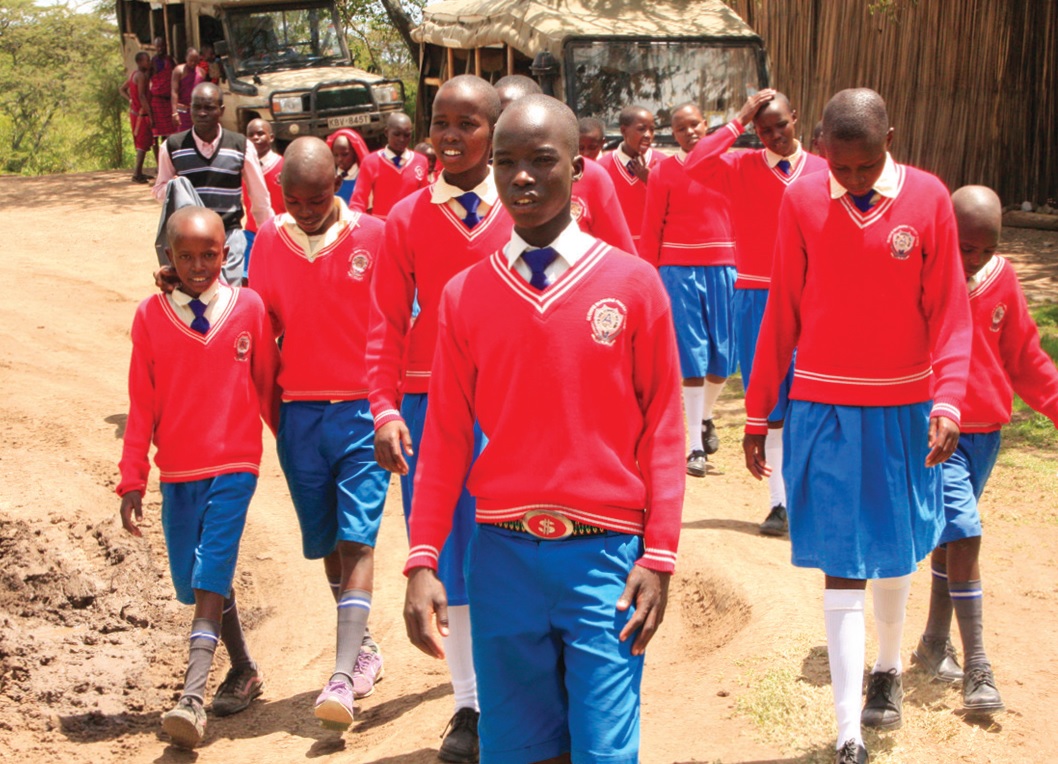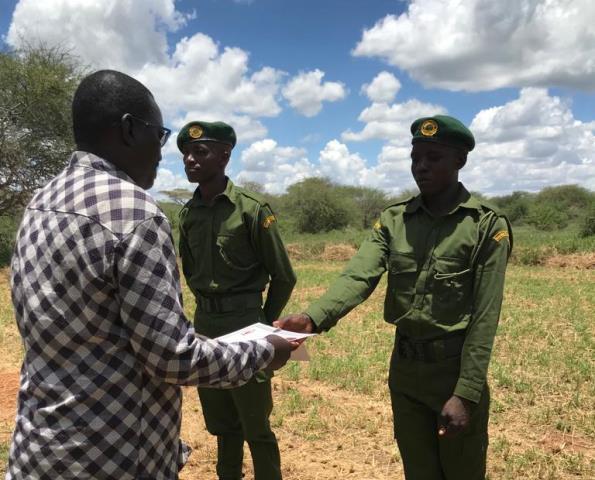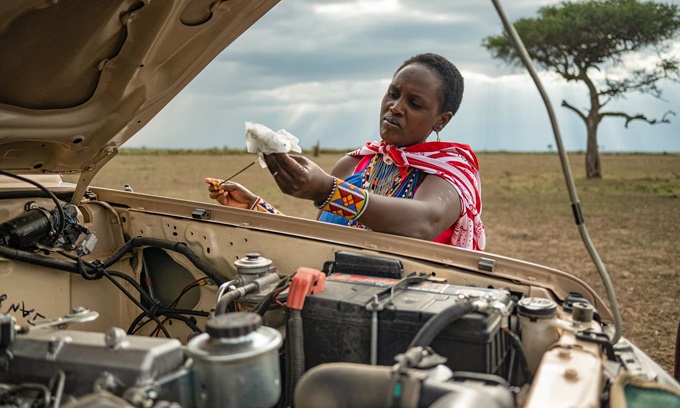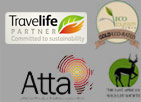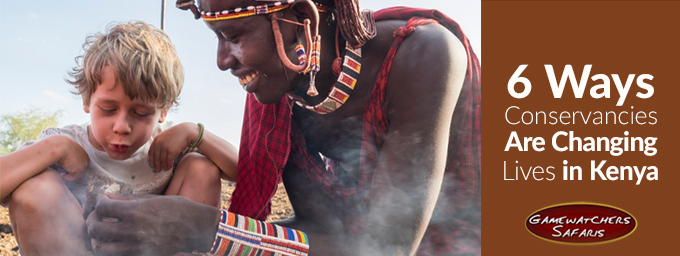
Kenya’s diverse ecosystem and wildlife are cornerstones of its economy—and wildlife conservancies are making a significant contribution to increasing wildlife numbers (including endangered species) and regenerating vegetation in areas that were no longer able to support wild animals.
Did you know that if you choose the right company then your safari holiday can make a big difference to the survival of wild animals by paying for their habitat to be expanded and protected. By coming on a Porini safari, it is the income from safari tourism that helps to pay the costs of conservation.
The stark fact is that in Kenya, less than 8% of the land surface area is in the state-controlled national parks and reserves. This is a very small percentage and just not enough to provide a home for all the wild animals which previously were commonly found outside the parks but are now losing their former rangelands and becoming extinct in many places where they were found before.
Conservancies step into the breach, ensuring adequate wildlife habitat and vegetation to support traditional game populations—and providing economic opportunities for local communities at the same time.
So to set the record straight about responsible eco-tourism and conservancies in Kenya, here are six ways they are changing lives for the better in Africa.
1. Conservancies generate significant income for Maasai landowners.
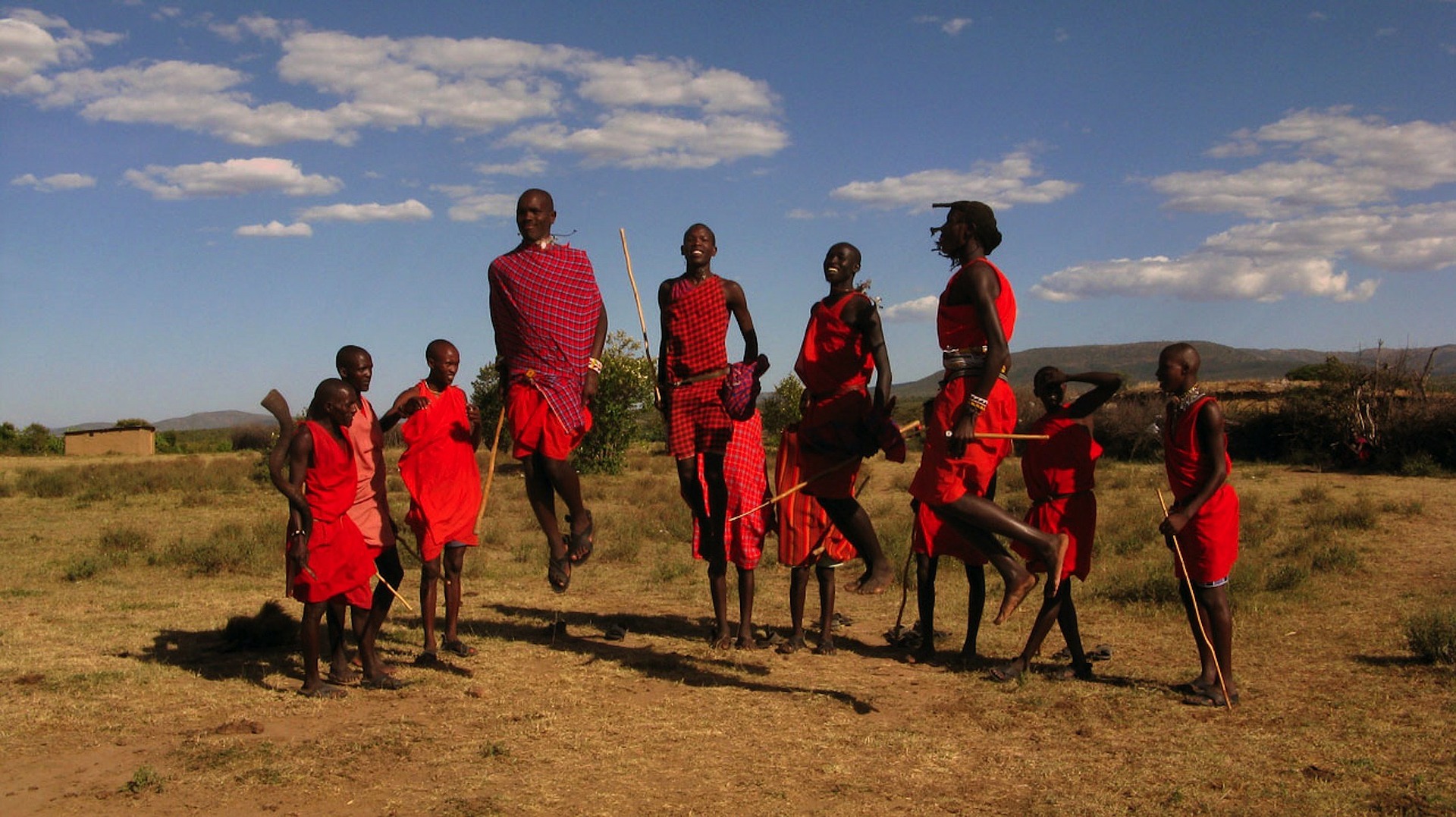
For generations the Maasai population has generally missed out on any of the benefits from conservation of wildlife, but conservancies have opened the door to income and independence.
With our conservancy concept, Maasai landowners receive regular monthly lease payments in exchange for putting their individually-owned parcels of land together to form wildlife conservancies which are then set aside as protected habitat for wildlife.
Under the traditional safari and game park model, the Maasai received little in the way of direct benefits and little or no help for their communities in return for conserving wildlife—and few, if any, jobs. The loss of a cow or sheep to predators was financially devastating for people with no other livelihoods or income sources.
Conservancies have changed that, however. As Samuel, a local Maasai landowner says, “Times have been hard, but these conservancy payments are good. It makes up for small losses like a goat.”
2. There are good-paying jobs for local community members who otherwise would have no earning potential.
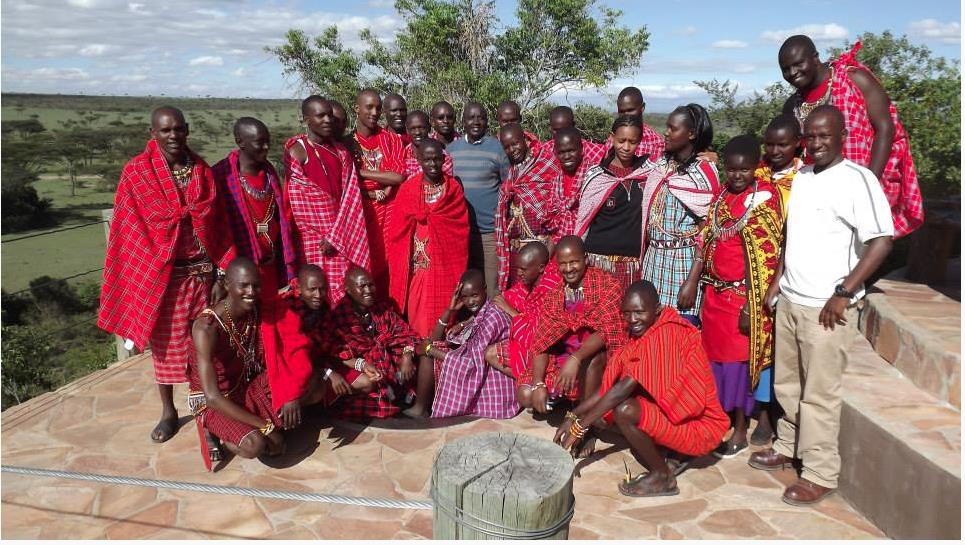
Previously, opportunities for jobs were often nonexistent, especially at Selenkay, but Gamewatchers Safaris & Porini Camps have created employment opportunities for over 140 community members in the Conservancies which they have been involved in setting up.
Take-home earnings of individual staff members are significantly higher than average in rural areas.
Thus, the conservancies have provided a solution to the problem of the lack of job opportunities by providing additional incomes to households and livelihood opportunities as an additional alternative to livestock ranching.
We also sponsor a ranger training program to prepare and equip local Maasai to earn an income from jobs within the conservancies.
3. We support schools, equipment, and educational opportunity for the community children.
Our Ol Kinyei Bursary Fund provides money to offset educational costs for children of the families of Ol Kinyei.
We also provide scholarships for local youth to attend the Koiyaki Guiding School to prepare them for the Tour Guiding certification program under the Kenya National Examination Council.
4. Local communities have improved security and basic necessities for living.

Those living near the Selenkay Conservancy struggle with access to clean water. We have worked to alleviate the problem by providing 2,000-liter water tanks to two neighboring villages with twice weekly delivery of clean water.
Loss of livestock to predators is a major problem for Maasai landowners, but we are working with our Maasai neighbors to improve security through chain-link fencing and secured gates to keep predators out of the bomas (enclosures).
This not only prevents livestock loss, but reduces the number of revenge killings of predators, a win-win for both community members and local game.
5. And we’re not just helping people, conservancies are making a dramatic difference in the lives of our local wild animals.

Elephants had disappeared from the Selenkay for over 20 years, due to a lack of vegetation to support them.
Thanks to the conservancy efforts, elephants have returned to the area and are thriving again.
In the Mara conservancies the number of lions increased very quickly—with several residential prides totalling over 120 lions in an area of 100,000 acres. Breeding cheetah took up residence there, too.
And because communities now receive direct benefits from wildlife conservation, there has been a change in attitude towards the concept of wildlife conservation.
The community members are giving full support to conservation; there is no snaring or harassing of wildlife within the three conservancies. They see wildlife as a resource to be protected, one which belongs to them—and are enthusiastic about encouraging wildlife to move into their conservancies.
They also recognize the vast improvement in vegetation and grass cover within each conservancy—which offers a buffer for grazing their own livestock during periods of severe drought.
6. Finally, don’t forget about the environment—conservancies even protect our local flora and fauna.
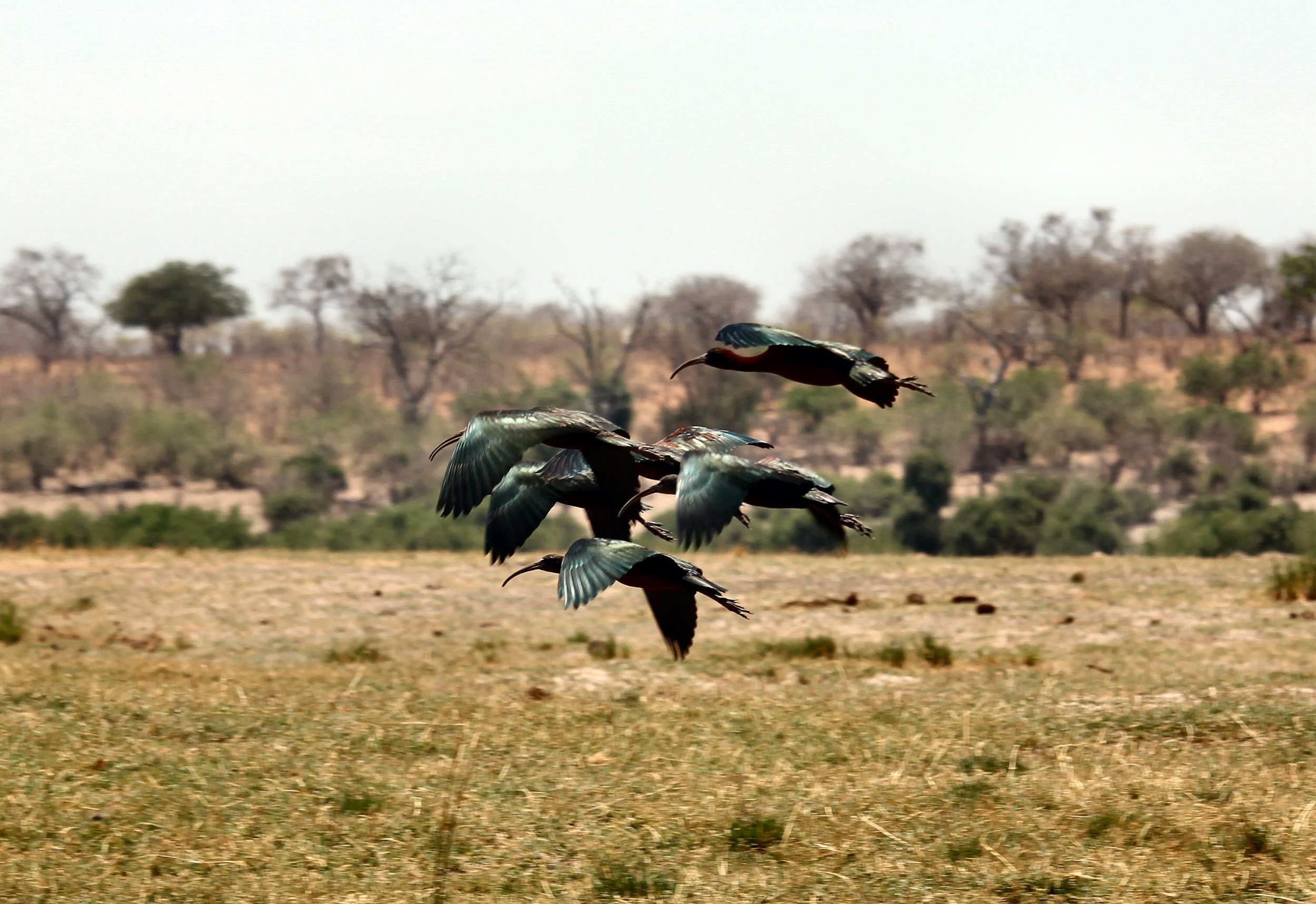
Porini camps are widely recognized for their progressive eco-friendly and sustainable tourism practices. We have received Gold-level certification at four camps for our environmental conservation and cultural preservation practices.
We carefully manage every detail, from water conservation to clean, sustainable energy sources and even environment-and-animal-friendly waste management practices.
In addition, we have received various Eco-Warrior awards from Ecotourism Kenya for our Porini camps and conservancies.
We were honoured to have Sir David Attenborough staying with us at Porini Amboseli Camp during the filming of a wildlife documentary and perhaps he said it best, with his comment after his stay: “What a marvellous example of how people and wildlife can live alongside one another. Thank you all.”

Now that you know how safari tourism actually benefits the wild animals, natural habitat, and local communities in Kenya, isn’t it time to see our magnificent wildlife yourself? There’s never been a better time to be part of the wildlife renaissance conservancies are bringing about in East Africa.
To start planning your safari simply contact us and tell us your proposed travel dates and budget and one of our expert Safari Advisers will email you suggested itineraries and prices.
Or, if you are still researching your options then sign up for our free 6-part How to Book A Safari email series and discover how to make the most out of your time and budget.
on Wednesday 02nd January 2019 at 05:50



